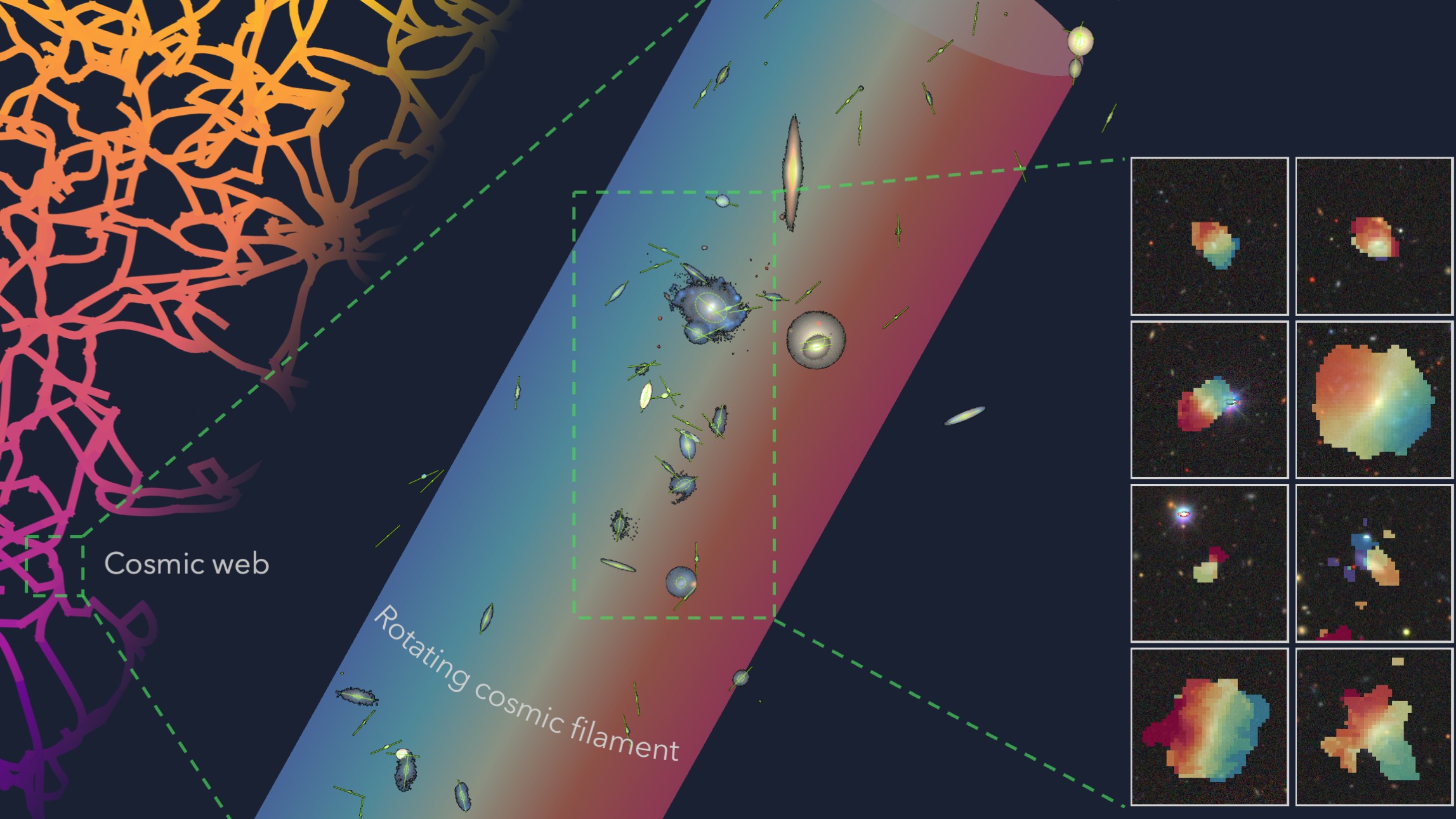Baby Dinosaur's Running Footprints Discovered Near Denver

A baby dinosaur approximately the size of a pug dog scurried alongside what may have been its mom or dad some 148 million years ago in what is now foothills near Denver, scientists reported today (Nov. 1) at the annual meeting of the Geological Society of America in Denver.
They caught the paleo-action in the footprints left behind there near the town of Morrison, Colo. The scientists think the dinosaur prints, a set of infant prints next to partial prints from an adult, belonged to Apatosaurus, a sauropod — giant, long-necked dinosaurs that preferred veggies — and once known as Brontosaurus.
As an adult, Apatosaurus is the largest dinosaur found in the Denver metro area, the researchers say, spanning a length of three school buses and weighing as much as eight Asian elephants.
The prints likely made by the infant Apatosaurus were tiny — if you were to place a mug over one, it would completely eclipse the print, according to one of the discoverers, Matthew Mossbrucker, director of the Morrison Natural History Museum in Boulder, Colo.
"The distance between each step is two times wider than what we observe in walking tracks, indicating the animal was at a low-speed run," Mossbrucker said. "I am not aware of any running sauropod tracks anywhere."
The trackway of running prints show only the hind paws, suggesting either that while the baby dinosaur was running, its hind paws eclipsed and removed the front paw track, or that the animal was running only on its hind paws. The tracks made by the adult in a walking mode did show a front paw print.
"We've been arguing for more than a century as to whether or not sauropods could stand up on their back paws," Mossbrucker told LiveScience. "Apparently they can, and the young can even run."
Get the world’s most fascinating discoveries delivered straight to your inbox.
Mossbrucker notes that under the scientific definition of running, this little guy may not have met the criteria. But "if you were to see this animal scurry and scamper in front of you, you would say it's running," he said.
"In the end, we might have a baby sauropod that is running like a Basilisk lizard, a modern lizard that is mostly a quadroped, but when spooked it runs on its hindlegs," Mossbrucker said.
Studies are under way to understand the biomechanics of Morrison's sauropods and what a running baby sauropod might look like.
- 25 Amazing Ancient Beasts
- Images: Dinosaur Fossils
- The World's Biggest Beasts
Jeanna Bryner is managing editor of Scientific American. Previously she was editor in chief of Live Science and, prior to that, an editor at Scholastic's Science World magazine. Bryner has an English degree from Salisbury University, a master's degree in biogeochemistry and environmental sciences from the University of Maryland and a graduate science journalism degree from New York University. She has worked as a biologist in Florida, where she monitored wetlands and did field surveys for endangered species, including the gorgeous Florida Scrub Jay. She also received an ocean sciences journalism fellowship from the Woods Hole Oceanographic Institution. She is a firm believer that science is for everyone and that just about everything can be viewed through the lens of science.
